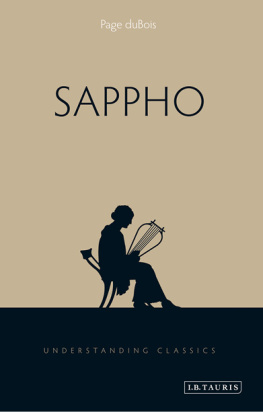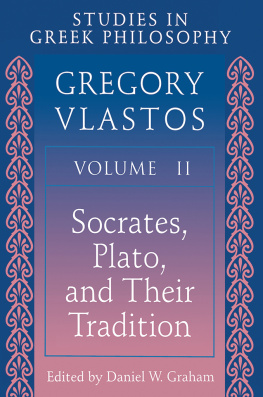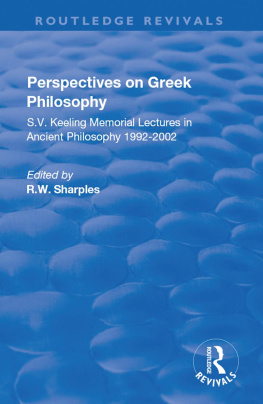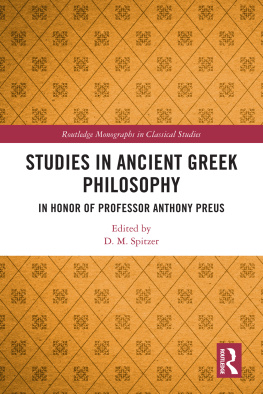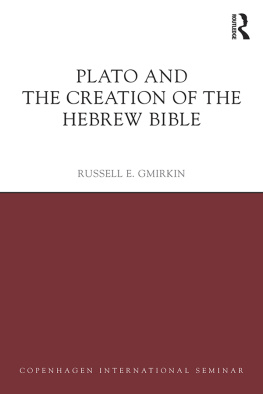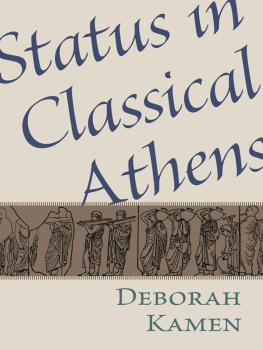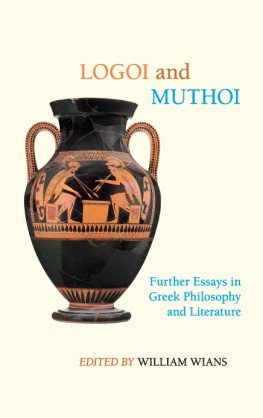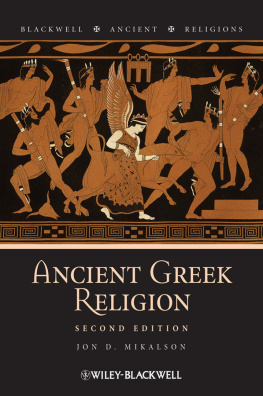1991 Routledge, Chapman and Hall, Inc.
The right of Page duBois to be identified as author of this work has been asserted by her in accordance with sections 77 and 78 of the Copyright, Designs and Patents Act 1988. All rights reserved. No part of this book may be reprinted or reproduced or utilised in any form or by any electronic, mechanical, or other means, now known or hereafter invented, including photocopying and recording, or in any information storage or retrieval system, without permission in writing from the publishers.
Torture and Truth
Page duBOIS
ROUTLEDGE
N EW Y ORK L ONDON
Contents
7
Torture and Writing
The tortured body retains scars, marks that recall the violence inflicted upon it by the torturer. In part because slaves were often tattooed in the ancient world, such marks of torture resonate in the Greek mind with tattoos, and with other forms of metaphorical inscription, in Greek thinking considered analogous to writing on the body. I have discussed the topos of corporeal inscription elsewhere. The womans body was in ancient Greece sometimes likened to a writing tablet, a surface to be
One especially intriguing mention of slave tattooing occurs in Herodotoss Histories, in a narrative in which the possibility of torture remains implicit. Although I have discussed this episode elsewhere, I want here to draw out its implications for a consideration of the relationship between torture and truth. Histiaios of Miletus sends a message urging revolt to a distant ally by shaving the head of his most trusted slave, tattooing the message on the slaves head, then waiting for the slaves hair to grow back. He sends the slave on his journey, ordering him to say at the journeys end only that the destinataire, the receiver of the message, should shave off his hair and look at his head. The message reaches its goal, and Aristagoras the receiver revolts (Herodotos, Histories 5.35).
The tattooed head is a protection against torture. If the slave were captured and tortured, he would not himself know the message of revolt. He could not betray his master if questioned and interrogated specifically about his masters intentions to rise up against those who have enslaved him. He did not know the content of Histiaios communication with Aristagoras. But he did know the instructions he bore to Aristagoras, to shave his head and read the message inscribed there. The ruse only displaces the discovery of the messages truth by a single step, but in this case it succeeds in protecting the message. Here the tattooing, the inscription on the slaves body, subverts the intention of torture to expose the truth.
In other contexts in ancient Greece, slave tattooing
The torture of slaves appears in several suggestive contexts in the work of Herodes, a comic writer of the third century B.C.E. The second mime, a parody of a forensic speech like those discussed earlier, presents a mock lawcourt scene, in which Battaros the brothel-keeper addresses a jury, bringing a complaint against a certain Thaes who he claims assaulted one of his Tyrian prostitutes. As part of his accusation against Thaes, Battaros offers himself up for torture:
If all Thaes wanted was to beat up
A poor slave and wants her to testify
Under torture [basanon], then I will take her place
[literally, put me on the rack, streblou me].
Willingly! But he must pay just the same
If he hurts me, just as if I were her.
Did Minos balance this case on his scales,
Could he try it a better way than this?
(Herondas, Mime 2.87-91)
Battaros offers himself to be racked, provided that he will be reimbursed for his trouble. He is a metic, a resident alien in Cos; his vulnerability to torture may be questionable. If the law is like Athens, he could not be tortured as a nonslave unless the safety of the state was believed to be at stake. His offer may be an empty one, a comic appeal to the imaginary jury trying this case. The torture, he may be suggesting, is just another form of physical attention for which he will be rewarded by winning the courts award, just as he receives money for one of his girls, or for offering his own body to a client.
The fifth mime establishes a connection among writing, tattooing, punishment, and torture. It represents a scene between Bitinna, mistress of her house, and Gastron (a pun on belly, or appetite), her slave and lover. The mistress accuses the slave of infidelity with another woman. She blames herself for setting him en anthrpois (15), among human beings, but she promises to mend her ways and return him to his servile position. The slave begs forgiveness, vows never again to do wrong; if he does, he says, she should tattoo him: stixon (28). She commands that he be taken to the abode of torment, ztreion (32), and be given a thousand lashes on his back, a thousand on his belly.
The slave-girl runs after, to recall him before he reaches tas anagkas (59), the torments. The mistress has decided upon tattooing as a punishment, rather than flogging, and summons Kosis the tattooer to come with needles and ink. Although the slave girl begs for mercy, Bitinna says:
Am I to let be this slave of slaves? Who then that encountered me would not rightly spit in my face? No, by the Queen, since, though he is a human being, he does not know himself, soon he will know, having this inscription on his forehead.
(74_79)
Herodes invokes the inscription at Delphi, also cited by Plato: gnthi seauton, Know yourself. This slave, who has lost sight of his position as slave by having sex with another besides his mistress, will be reminded of his status, reminded to know himself as slave.
This placement of the epigram, whatever it is, if it is that, on the metope, the forehead of the slave, makes the inscription a sign. The message of Herodotoss slave was concealed by his hair, directed to a specified other, the recipient who received the slave as a vehicle for his masters words. The communication was not directed to the slave himself. In the case of Herodes slave, the man named Belly would bear a sign meant to remind him of his humble status. A man spared the thousands of lashes desired by his mistress, he remained liable to marking by her as her property. His tattoo would be a sign of her possession, her ability to control his body as she wished, to use him exclusively for her sexual gratification , to inscribe him as she desired. And the inscription would also be a message to his presumed other lover, who would read on his body the sign of his belonging to another. If the inscription read Know yourself, it would speak to anyone who gazed at the slaves forehead, directing the viewer to know himself or herself as slave or free person, as owner of this slave, or not. And after all, after the slave-girls appeals, the mistress spares the slave both whipping and tattooing; his punishment is to be only that he must drink unhoneyed wine, perhaps an allusion to a sexual act to be performed on his mistress, in greater likelihood a reference to bitter feast days henceforward.


